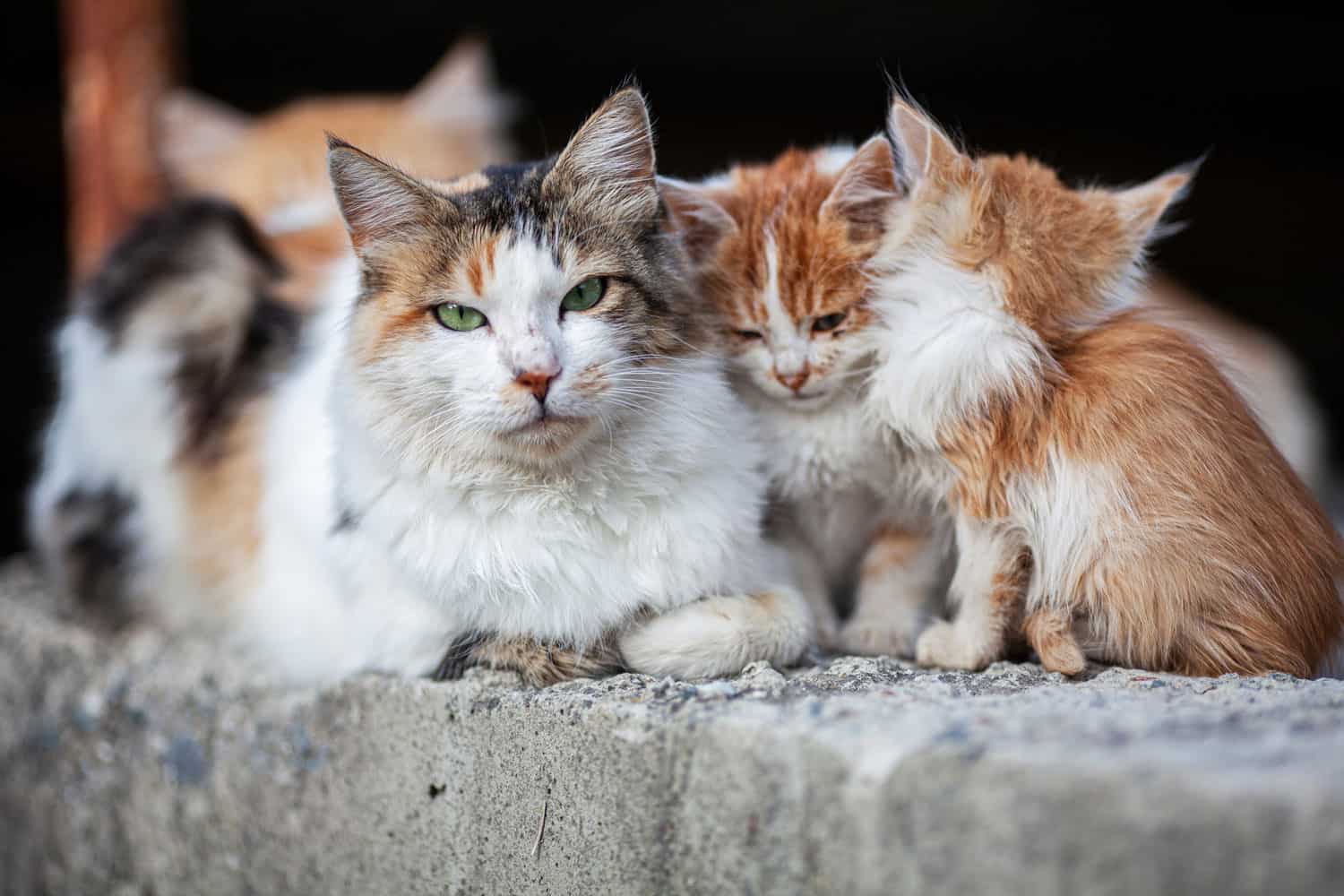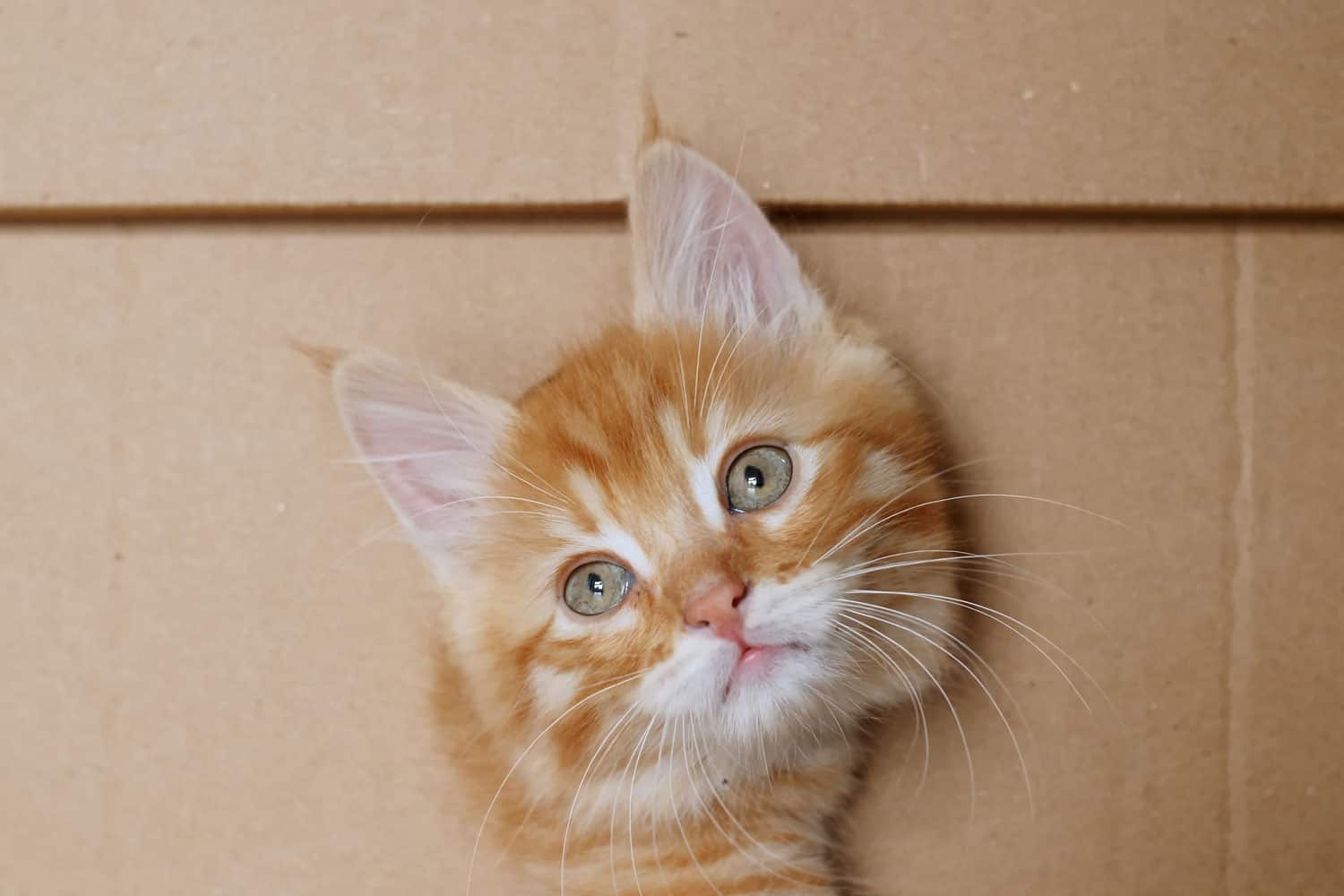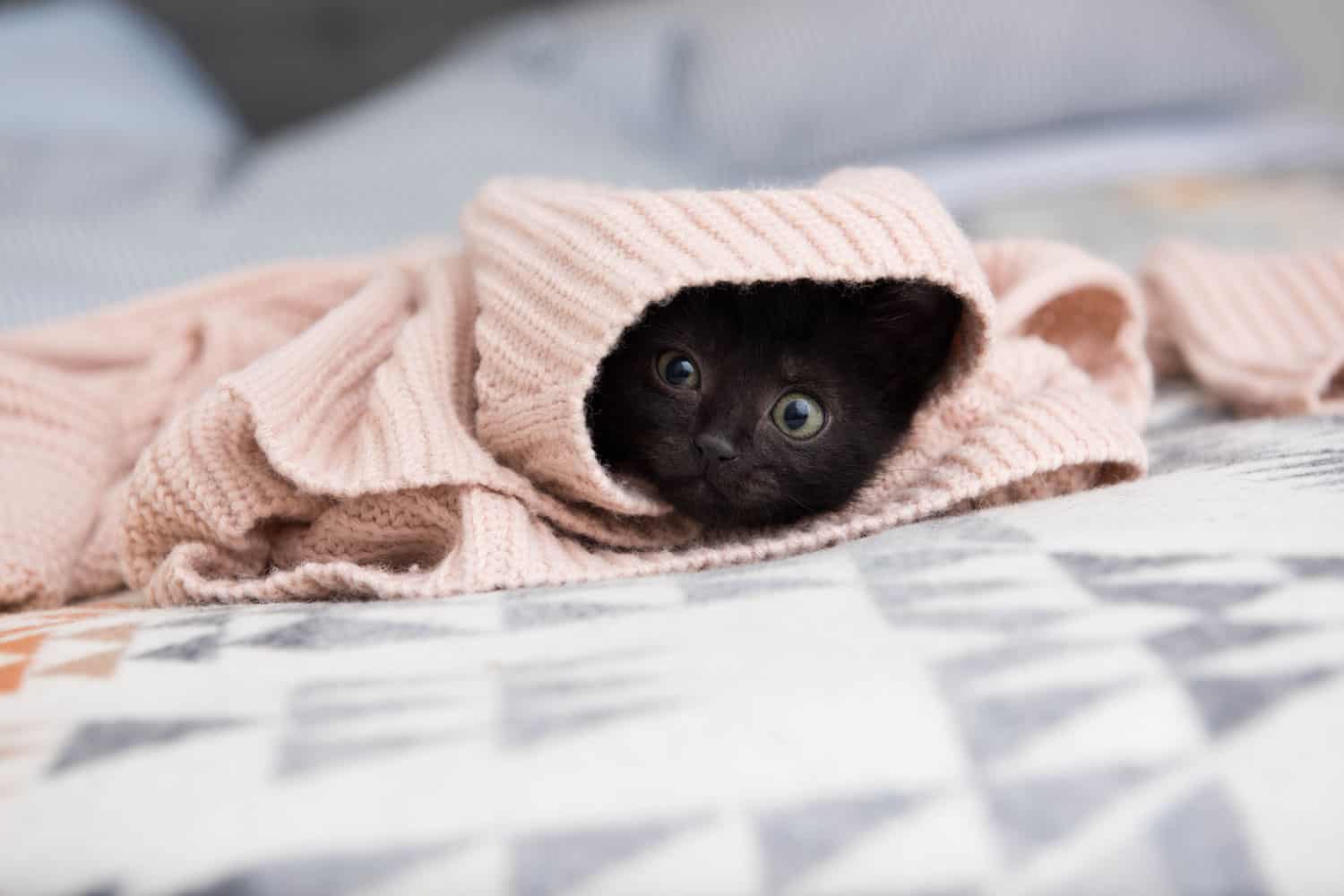So, you've found yourself with a wild feline guest. These creatures, full of spirit and survival instincts, are worlds apart from our familiar household cats.
You might be wondering, "What do I do next?" and "How can I ensure their well-being while keeping them safe?"
This article is your guide to creating a secure and comforting environment for your wild kitty. By the end, you'll be equipped with practical steps to bridge the gap between two vastly different worlds.
Dive in, and discover how to begin this unique journey of trust and understanding.
So - You Have a Wild Kitty Trapped.. What Now?
For whatever reason, you suddenly find yourself with this wild, spitting, hissing feral. She is trapped in a cage, or a trap, or a box. Both of you are looking at each other from very different eyes.
You are looking at her thinking warm, fuzzy thoughts about lap naps, purring kitties, rubbing a soft tummy and having a companion and she is looking at you with so much distrust in her eyes.
Her thoughts are on dark corners, field mice, robbing garbage cans for food and she is wondering what in the world she did to deserve this sudden confinement?

Setting Up a Safe Space
So what do you do now? First of all, you need to set up her room. Find her a spot in your home where she can stay safe. A quiet, dark, room away from any resident pets or small children.
You want to be sure she has other spots in this room to go where she can feel safe a closet, some where if she feels threatened she can flee to.
And she will consider you a threat. After all, she has lived her entire life on her skills of survival.
She has sadly learned that those human feet coming towards her, though on rare occasions might bring her food; they also have brought her pain or trauma.

One of her most effective tools is how cleverly she can hide. You will come to be surprised in the days ahead at how small this kitty can make herself and where she can hide from you in a room you swore you sealed up completely.
So you can provide her with alternate places, a big cardboard box flipped over with holes cut in the sides big enough for her to pass through.
Basic Necessities
You weight down the top of the box so she can’t move it. You give her a nice big litter box and mix just a little bit of potting soil in with regular cat litter.
Don’t use regular garden soil, or you may have a bug infestation. And don’t use clumping litter, not just yet. Use regular clay litter.
Give her a big pan of water, and if you find in the days ahead she is not drinking, then go out and get a big clear bowl, get some pebbles from your garden or some aquarium rocks and wash them off really well.
Place them in the bottom of the bowl fill it up with water, and give her something she can identify with to get water out of. Give her a bowl for wet food and one for dry.
SIGN UP FOR THECATSITE'S EMAIL UPDATES >
Instead of using your regular lights in the room, use instead night-lites. If those are not available cut down the wattage of the bulbs normally used in the room.
Bring in a CD player and put on a classical piece really low on endless play Fetch up some old rags, or a blanket, something soft that as soon as she figures out the hard ground isn’t that comfortable she will seek out and use.

Now step back and survey the room. The first thing she is going to do when you let her out is run. So check shelves and counters if there are any and make sure she has a clear landing pad should she decide to go ballistic and run amok.
Preventing Escapes
If you want to give her air and open a window, you can go to any hardware store and buy a piece of decorative trellis and cut it down to fit the screen opening.
Through the slits in this decorative piece the air will come through, but she will be unable to escape if she decides to press against the window and push the screen out.
You can also used chicken wire, but the trellis looks better. Make sure the room is completely sealed. Understand that this cat might be scratching and clawing to get out, so if you have a route of escape, make sure that it is sealed up well.
Okay, now you are ready for her arrival, so go and fetch her, and take her into the room, shut the door behind you and turn her loose.
Don’t go after her, watch where she goes through, then step out of the room and LEAVE HER BE.
Just let her get used to the room, don’t be going in to peek in on her for at least a day. She has food, water, and a safe place to stay and so leave her alone for 24 hrs at least.
Yes she might yowl, though it has been my experience that most ferals that first day are to shocky to yowl. But earplugs are a good investment!
Scheduled Visits
Once that day is up, try going into the room at scheduled times. Be careful opening the door as she will bolt if given the chance. I usually announce my arrival by banging on the door not very hard, but enough to back her off if she is close.
If she comes out, great, then you haven’t got that much work ahead of you. If you can’t find her, and you know you have effectively sealed up the area and she cannot escape, don’t go looking for her unless you are prepared for war.
She will come out of hiding, but usually only when it is dark and the house is quiet.
Protection and Trust Building
For the really wild ones, the ones who like to launch at my face, I take a flat piece of cardboard and fashion a shield of sorts.
If they start to come at me (and some of them do) I just raise the cardboard up so they hit this soft landing instead of my face or arm. If you have a really scared kitty, she is going to try everything in her arsenal to get out of this confinement, so wear long sleeves, gloves ( I use heavy welding gloves) and extra layers of clothing.
Don’t be surprised to find out how small she can make herself when she hides. I have found ferals up underneath armchairs, inside sofa arm rests and tucked back into corners I didn’t think a mouse could hide in.

Try some of these exercises with her. Sit on the floor and take out some treats and place them a good distance around you.
Bring a book and start reading to her out loud so she can get used to your voice. Do this every day at scheduled times.
If she comes out do not look at her full in the face, for this is considered a challenge. Just try to ignore her.
As the days go on, use a feather toy to engage her in play. Another thing to do is to take an old tee shirt of yours and put it on and do a workout to get it good and sweaty.
Once it is wringing wet with your sweat, take it into the room and put her feed bowl on top of it. When she comes to eat she will be surrounded by your smell. Thus, she will associate your smell with pleasant things.
The Rewarding Journey
Remember that working with ferals is sometimes frustrating. At times it is two steps forward and three steps back.
She does not know you are one of the good guys and she will not trust you for quite sometime…. BUT when you finally get that first head bump from her, it is a thrill beyond measure.
Not everyone understands the value of having a cat’s complete trust. However, the day your feral kitty decides to jump on your lap, you will understand that value! You might even feel like you won the lottery. Good luck!
SIGN UP FOR THECATSITE'S EMAIL UPDATES >
Written by Mary Anne Miller
Mary Anne Miller is a free-lance writer, and member of the Cat Writers' Association. She is a web copy writer, and passionate about feral cats/kittens and bottle babies. You can read more by Mary Anne at her Feral Cat Behavior Blog.
Comments? Leave them using the form below. Questions? Please use the cat forums for those!
Note: We may get commissions for purchases made through links on this page.




4 comments on “Handling Feral Cats”